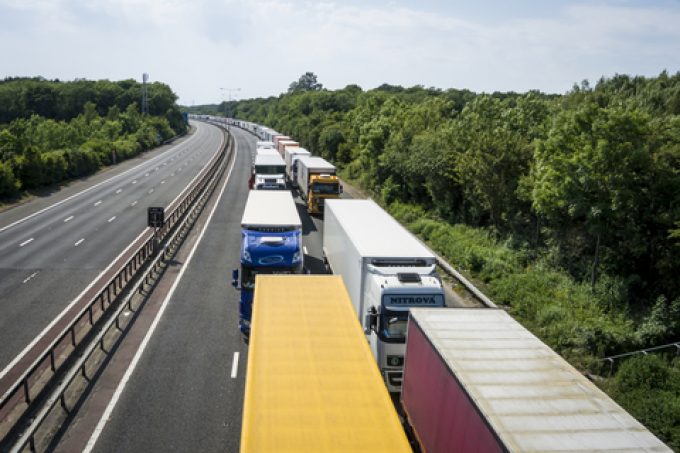AD Ports launches Erkport JV, but loses out over Alsancak terminal
It’s been a couple of days of mixed fortunes for fast-growing UAE ports and logistics ...

Truckers heading to the port of Dover once post-Brexit volumes recover could find themselves stuck for up to 20 days in 70,000-long truck queue.
That is unless new infrastructure is built, extra staff hired and considerable cargo volumes diverted to other ports, according to new modelling ...
CMA CGM South Korean staff strike over bonuses after bumper 2024 profit
MSC switches two more Asia-Europe port calls from congested Antwerp
Ports and supply chain operators weigh in on funding for CPB
Nightmare for Bangladeshi exporters as congestion and tariffs bite
Carriers introduce surcharges as congestion builds at African ports
Box ship overcapacity threat from carrier appetite for new tonnage
CMA airline returns two freighters, while ANA takeover of NCA looms
Tradelanes: Export boom in Indian sub-continent triggers rise in airfreight rates

Comment on this article